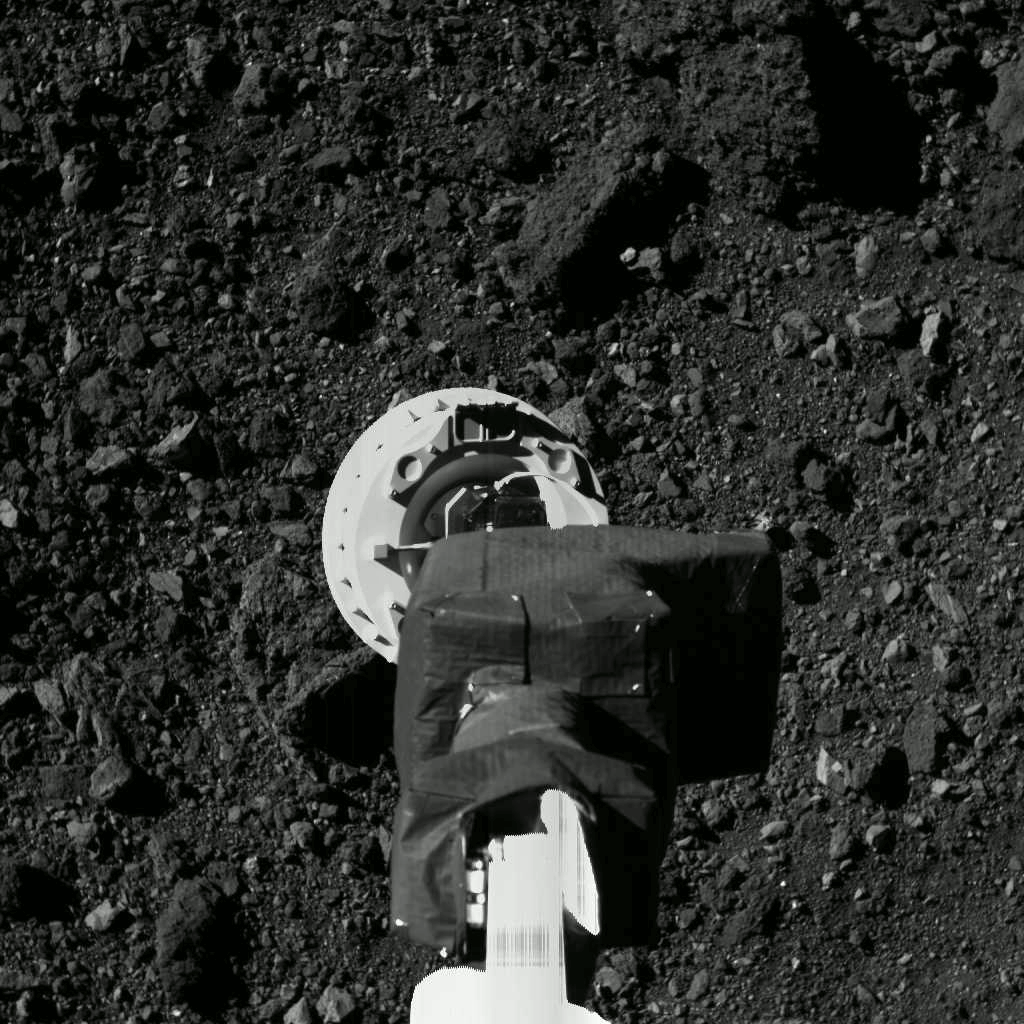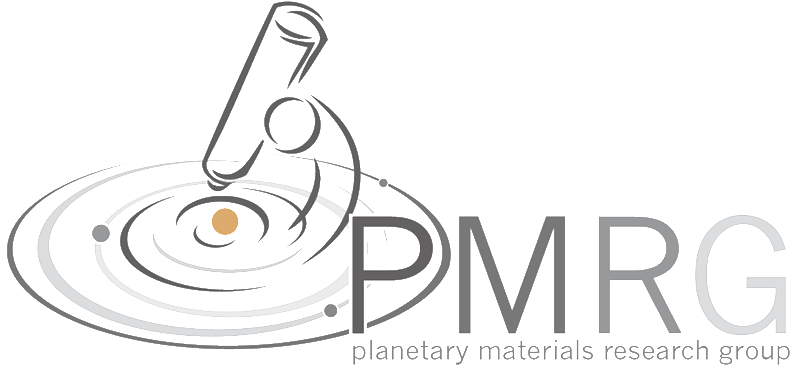The Lunar and Planetary Laboratory provides scientific leadership for NASA’s OSIRIS-REx Asteroid Sample Return Mission.
OSIRIS-REx launched from Cape Canaveral, Florida, on an Atlas V 411 rocket on Sept. 8, 2016 at 7:05 pm EDT. OSIRIS-REx orbited the sun for a year, and then on Sept. 22, 2017, it used Earth’s gravitational field to change its trajectory to match that of Bennu’s. In August 2018, OSIRIS-REx’s approach to Bennu began. The spacecraft used an array of small rocket thrusters to match Bennu’s velocity and rendezvoused with the asteroid on Dec. 3, 2018.

After arrival, the spacecraft began a detailed survey of Bennu. The process lasted over a year, and included identifying and mapping potential sample collection sites. The final primary and backup sites were selected in December 2019 and, in October 2020, the spacecraft will briefly touch the surface of Bennu to retrieve a sample. The sampling arm will make contact with the surface of Bennu for about five seconds, during which it will release a burst of nitrogen gas. The procedure will cause rocks and surface material to be stirred up and captured in the sampler head. The spacecraft has enough nitrogen to allow three sampling attempts, to collect between 60 and 2000 grams (2–70 ounces).
In March 2021, the window for departure from the asteroid will open, and OSIRIS-REx will begin its return journey to Earth, arriving two and a half years later on Sept. 24, 2023. The sample return capsule will separate from the spacecraft and enter the Earth’s atmosphere. The capsule containing the sample will be collected at the Utah Test and Training Range. For two years after the sample return (from late 2023-2025) the science team will catalog the sample and conduct the analysis needed to meet the mission science goals. NASA will preserve at least 75% of the sample at NASA’s Johnson Space Flight Center in Houston for further research by scientists worldwide, including future generations of scientists.


